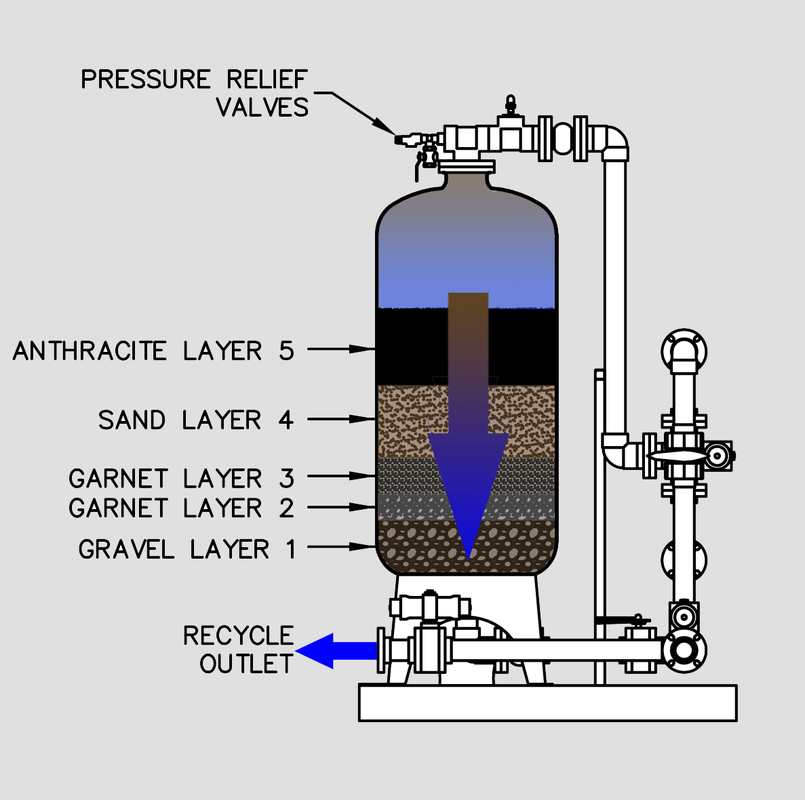
Water filtration system for water treatment and wastewater treatment
Here is the filtration diagram, which will ease understanding of the filtration process, in this process we allow the mixture to pass through the filter paper which separates the insoluble solid from the solution.

Water Filtration System Diagram alternator
What are the Components of the filtration process? 1. Filter medium 2. Slurry 3. Filtration driving force Types of filtration 1. Gravity filtration 2. Vacuum filtration 3. Centrifugal filtration 4. Hot Filtration 5. Cold Filtration 6. Multilayer Filtration 7. Mechanical Filtration 8. Conventional Filtration 9. Chemical Filtration 10.
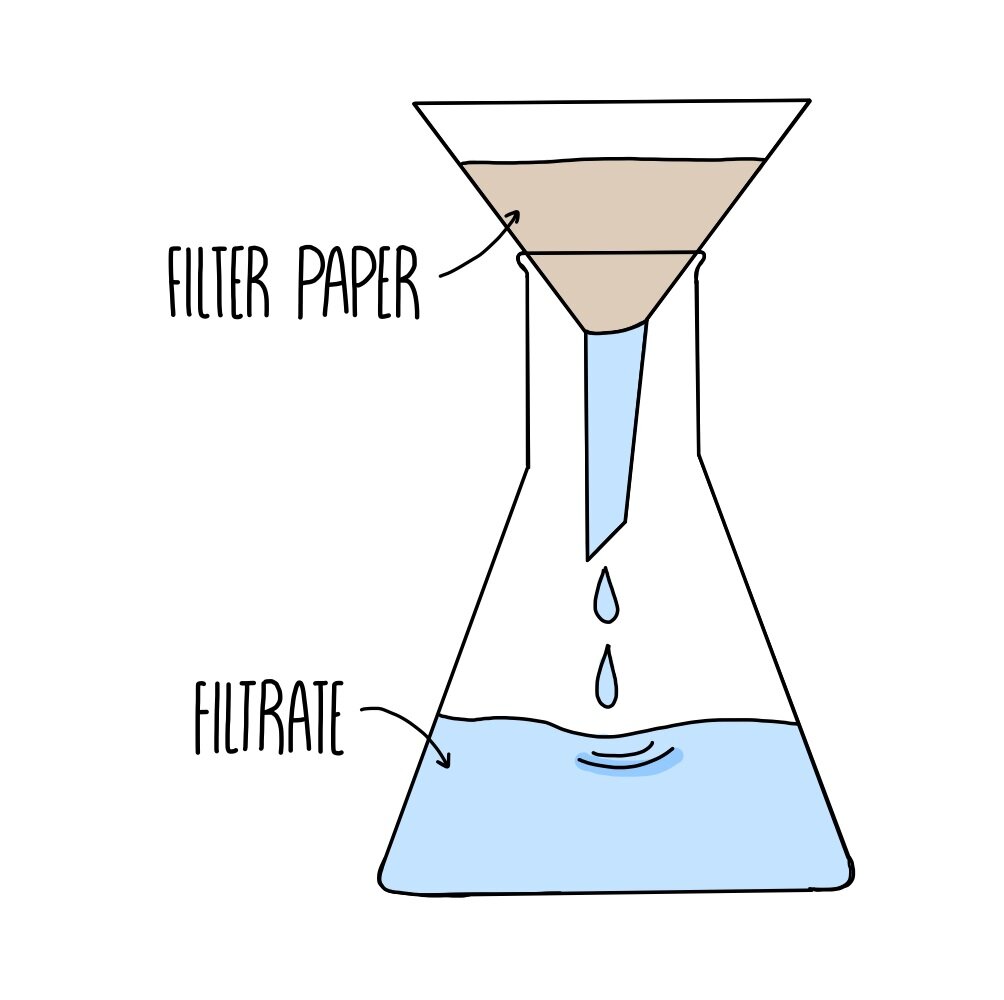
Elements, compounds and mixtures (GCSE) — the science hive
This diagram provides a visual representation of the various stages of filtration, including the main components such as the filter medium, filter housing, and inlet and outlet connections. At the core of the filtration apparatus is the filter medium, which acts as a barrier to trap and remove unwanted particles from the fluid.
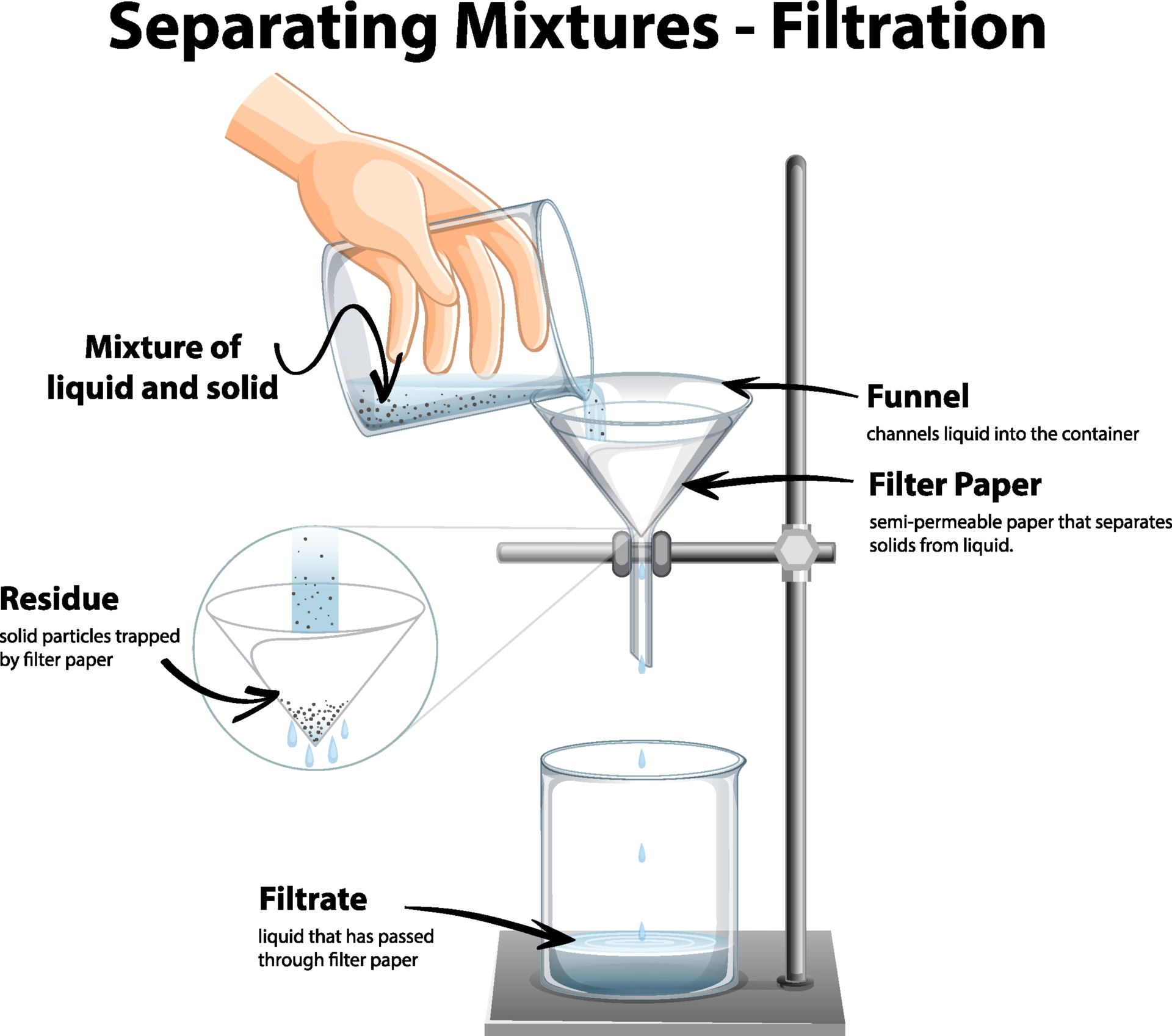
Diagram showing Filtration Separating Mixtures 2970157 Vector Art at Vecteezy
Filtration is technically defined as the process of separating suspended solid matter from a liquid, by causing the latter to pass through the pores of a membrane, called a filter. Filtration Examples The most common example is making tea. While preparing tea, a filter or a sieve is used to separate tea leaves from the water.

What Is Filtration? Definition and Processes
The first step in making urine is to separate the liquid part of your blood (plasma), which contains all the dissolved solutes, from your blood cells. Each nephron in your kidneys has a microscopic filter, called a glomerulus that is constantly filtering your blood.
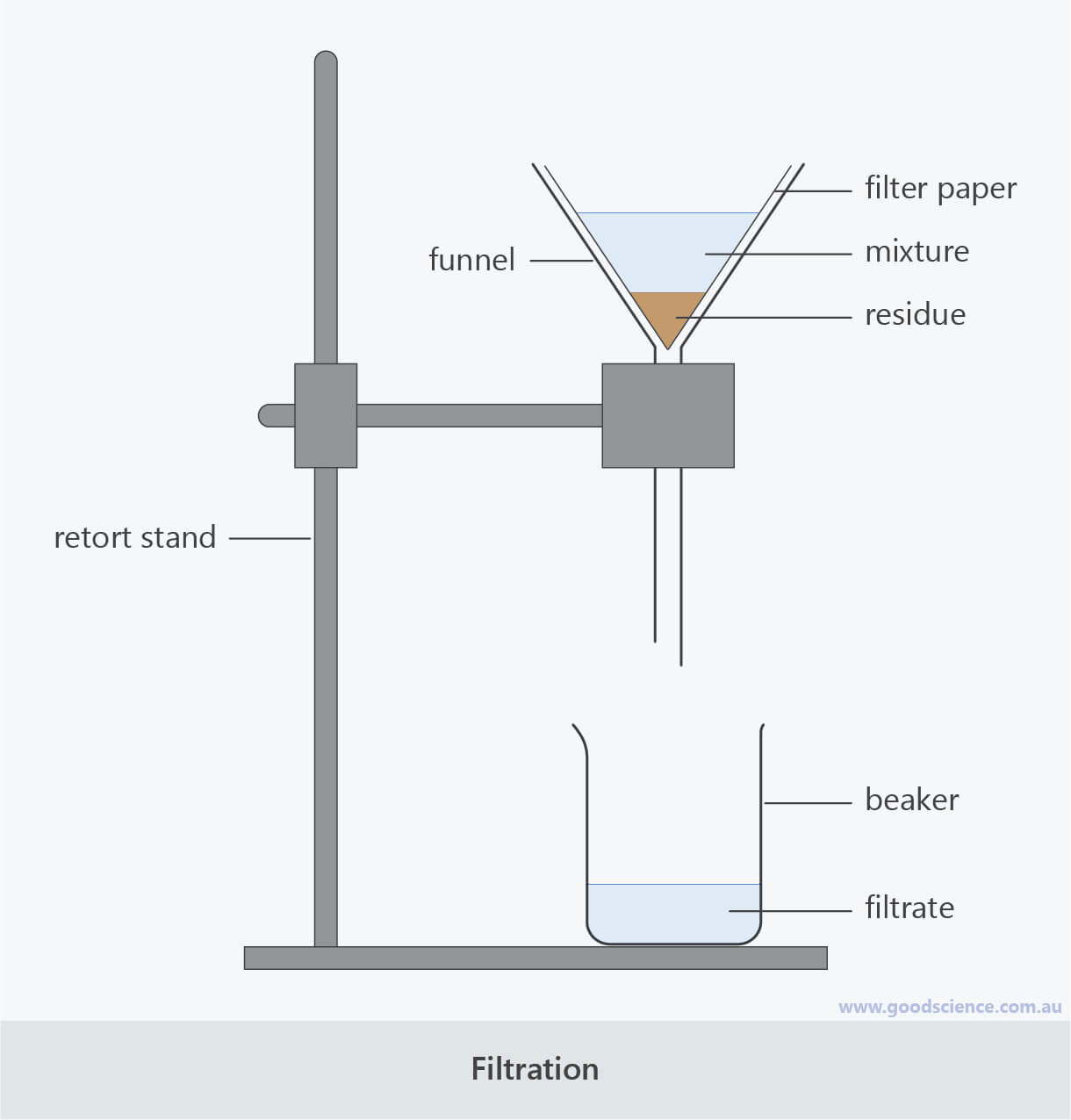
Separation of Mixtures Good Science
1: General Techniques 1.5: Filtering Methods 1.5D: Suction Filtration Expand/collapse global location
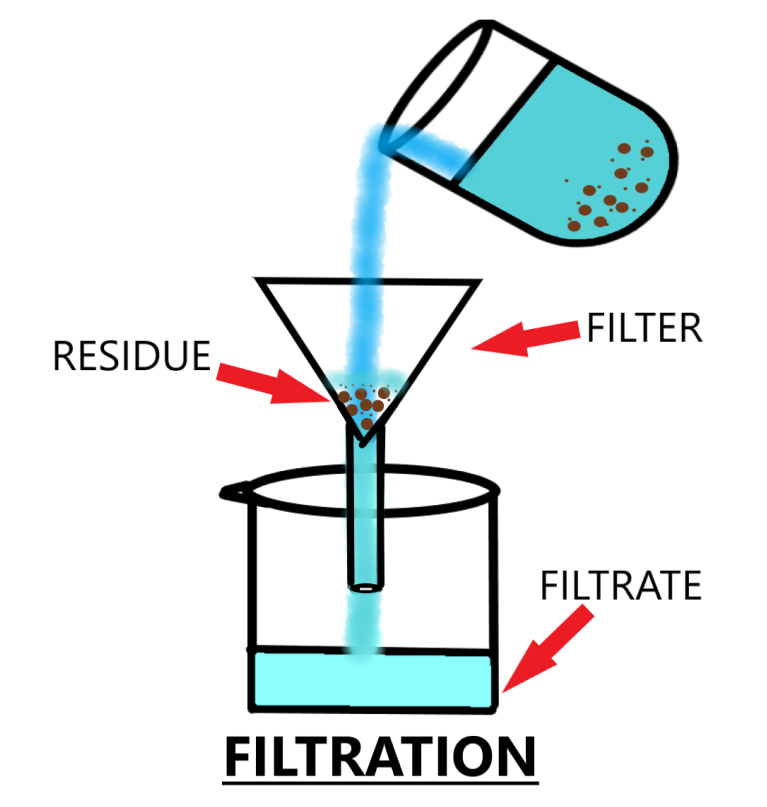
Water Filtration Diagram For Kids
Here is Filtration diagram. Selection of Filtration . Selecting the appropriate type of filtration depends on the specific requirements of the application and the properties of the fluid or gas being filtered. Here's a general guideline for selecting filtration types based on different scenarios:
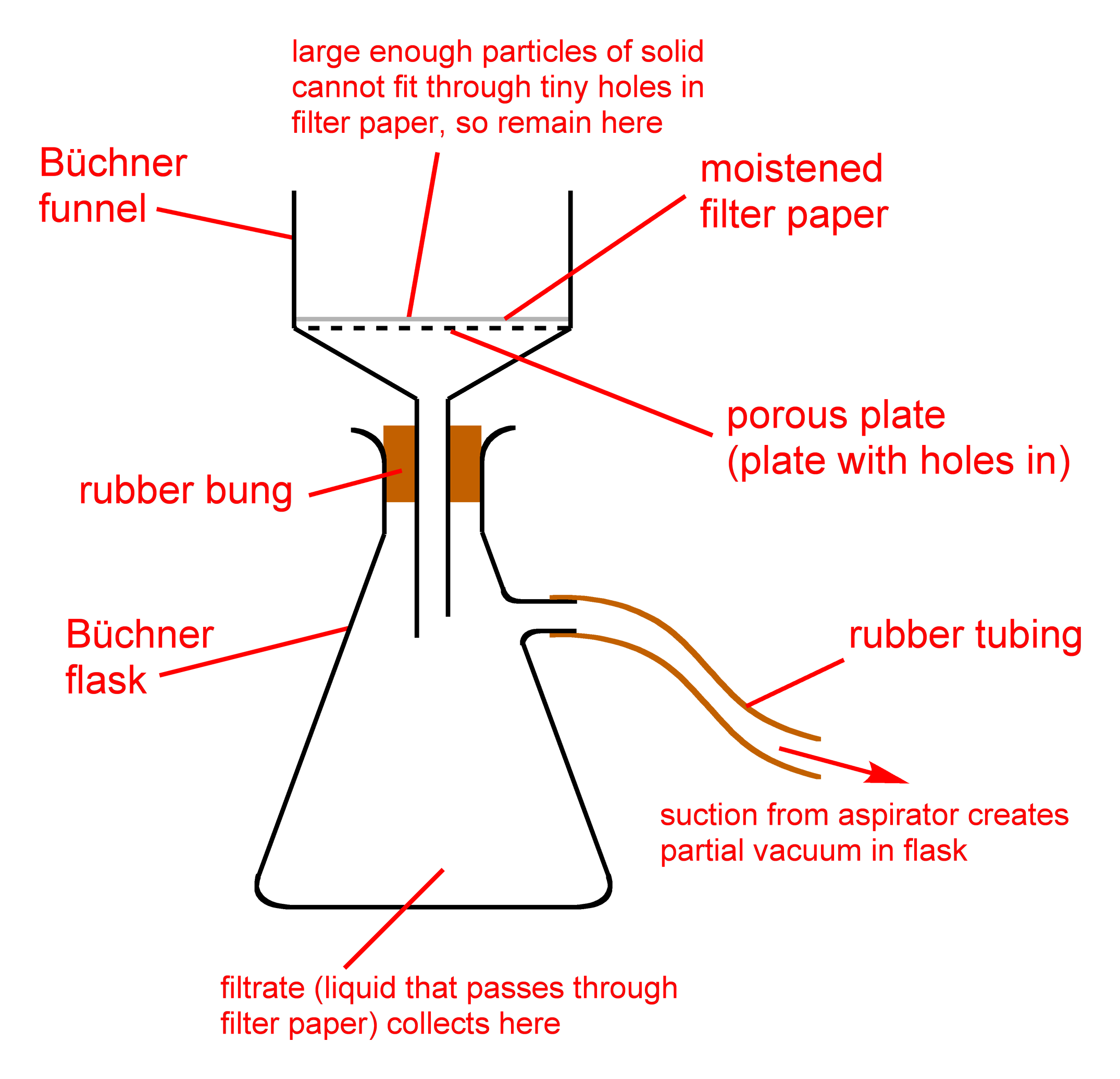
FileVacuumfiltrationdiagram.png Wikimedia Commons
Filtration is the process used to remove solid particles from a liquid or gaseous medium. Solid substances are always present in liquids and gases. By definition, a filter is a media that allows a liquid to pass through but traps any solids within it. Filtration Diagram

Define Filtration in Chemistry
Diagram of simple filtration: oversize particles in the feed cannot pass through the lattice structure of the filter, while fluid and small particles pass through, becoming filtrate.

4 Types of Passive Transport (Plus Vital Facts) Nayturr
Filtration is a process used to separate solids from liquids or gases using a filter medium that allows the fluid to pass through but not the solid. The term "filtration" applies whether the filter is mechanical, biological, or physical. The fluid that passes through the filter is called the filtrate.

NCERT Solution for Class 6 Science Separation of Substances
Adsorptive retention. Particle migration is the sloughing of filtered particulate matter from the filter cartridge into the filtered fluid. This occurs most often due to changes in the flow rate or excessive pressure drop. The media is usually pleated to provide the maximum amount of surface area. density.

Schematic diagram of the filtration apparatus Download Scientific Diagram
Artwork: A typical jug-type water filter "converts" tapwater into cleaner drinking water using replaceable filters. Typically, each filter lasts about a month and there's a timer display on the jug that reminds you when you need to replace it. Jugs like this are made by Brita, Biocera, and many others.

What Is Ultrafiltration? A Complete Guide How Does Ultrafiltration Work
Filter Diagram Everyday Examples of Filtration Filtration is important in the laboratory to separate and purify materials, but it's also common in daily life. Here are some examples of filtration: Brewing coffee - During the brewing process, hot water passes over ground coffee.
What Is Ultrafiltration? Crystal Quest Water Filters
Glomerular filtration is the first step in urine formation and constitutes the basic physiologic function of the kidneys. It describes the process of blood filtration in the kidney, in which fluid, ions, glucose, and waste products are removed from the glomerular capillaries.. Glomerulus structure: A diagram showing the afferent and efferent.

Scheme 1 Schematic diagram of the filtration system for oilwater... Download Scientific Diagram
Diagram of a simple filtration. Filtration is a mechanical or physical operation by which solids are separated from fluids (liquids or gases) in a mixture with the help of a medium that is called a filter.

Q.5 Lable the following diagram of filtration method (05)(Filter paper, funnel , stand, clear
Revisions: 23 format_list_bulleted Contents add The glomerulus is a loop of capillaries twisted into a ball shape, surrounded by the Bowman's capsule. This is where ultrafiltration of blood occurs, the first step in urine production. The filtration barrier consists of 3 components: Endothelial cells of glomerular capillaries